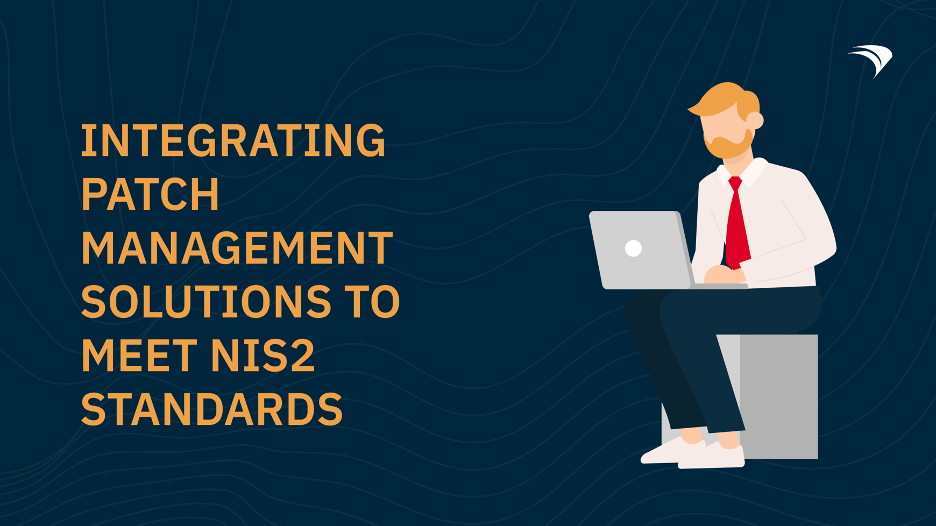Introduction: The Growing Importance of Remote Device Security
As organizations increasingly adopt remote work policies, the need for effective remote device security has never been more critical. With over 3 million endpoints managed daily, companies face the challenge of ensuring that sensitive data remains protected across diverse platforms, from Windows to macOS and beyond. This is where Dynamic Device Management (DDM) comes into play. By implementing DDM, organizations can streamline device administration while enhancing security protocols. At FileWave, we specialize in DDM configuration to support organizations in safeguarding their remote devices.
What is Dynamic Device Management (DDM)?
Dynamic Device Management (DDM) refers to a proactive approach to manage, configure, and secure devices that are often used remotely. Unlike traditional device management, DDM adapts to changing environments and user needs, ensuring that security measures are consistently enforced even when devices are outside the corporate network.
- Flexibility: DDM allows organizations to adapt quickly to new security challenges as they arise.
- Automation: Automated processes reduce manual workloads for IT departments, allowing them to focus on strategic initiatives.
- Real-time Monitoring: DDM provides the capability to monitor devices in real-time, ensuring that any security threats are addressed immediately.
Why DDM Configuration Matters for Remote Device Security
Effective configuration of DDM is crucial for enhancing remote device security. A well-implemented DDM configuration offers the following benefits:
- Centralized Management: With DDM, organizations can manage all endpoints from a single console, eliminating the need for disparate systems, which can introduce security vulnerabilities.
- Security Policies Enforcement: Establishing and applying security policies consistently across all devices helps mitigate risks associated with data breaches.
- Seamless Software Distribution: Rapid deployment of necessary updates and applications reduces the window of vulnerability in remote devices.
Steps to Implement DDM Configuration for Remote Device Security
Implementing DDM configuration effectively can make a significant difference in your organization’s remote device security. Here are actionable steps to consider:
1. Assess Your Current Environment
Start by evaluating your existing device management practices. Identify gaps in security and areas that require improvement. Understanding your environment is essential for an effective DDM configuration.
2. Define Security Policies
Establish clear security policies that govern the use of remote devices. Consider including guidelines for:
- Device passwords and encryption
- Application whitelisting
- Access controls and user permissions
3. Centralize Device Management
Utilize a comprehensive endpoint management tool such as FileWave to centralize the management of all devices. This ensures every device is configured in alignment with your established security policies.
4. Monitor and Update Regularly
Continuous monitoring is essential. Implement real-time analytics to identify potential threats and ensure that devices are consistently updated with the latest security patches and applications.
FileWave’s Expertise in DDM Configuration
As a leader in multi-platform endpoint management, FileWave offers advanced DDM configuration tools designed to enhance remote device security while simplifying the management process. Our platform supports seamless integration across various operating systems, providing:
- Self-Healing Technology: Devices automatically rectify issues, ensuring they remain in compliance with security standards.
- Automated Process Efficiency: Routine tasks such as software updates and configuration changes are automated, freeing up IT resources.
- ISO 27001 Certification: Our commitment to maintaining high security standards and protecting our clients’ data is validated through our ISO certification.
Conclusion: Take Action to Enhance Your Remote Device Security
Implementing DDM configuration is not just about enhancing remote device security; it’s about creating a robust framework that supports business efficiency in a dynamic environment. FileWave’s comprehensive solutions are tailored to assist organizations in navigating the complexities of endpoint management. By prioritizing DDM, you can ensure that your remote devices are secure and consistently performing at their best.
Ready to boost your organization’s remote device security? Contact FileWave today to discover how our DDM configuration services can help protect your assets while simplifying your device management tasks.





